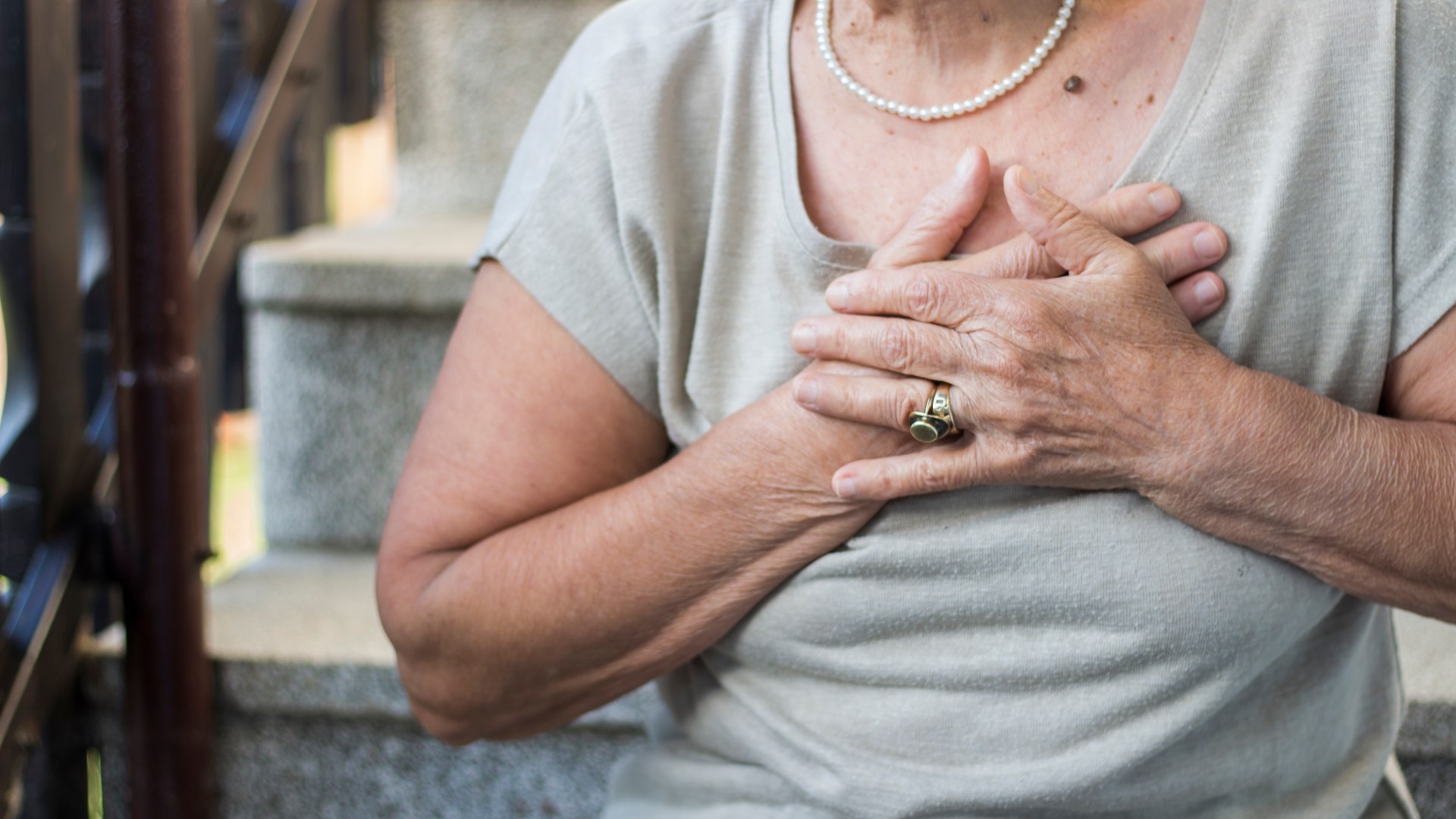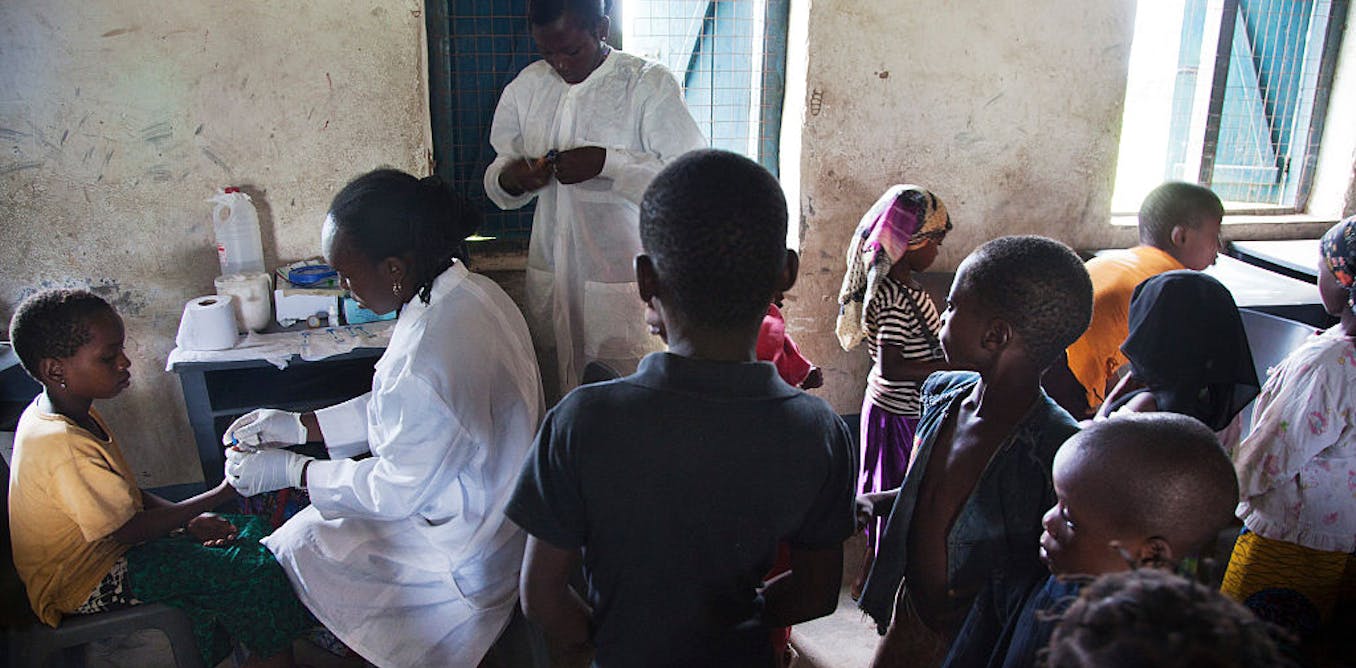IF you imagine someone having a heart attack, you probably picture an overweight middle-aged bloke clinging to his chest.
And that is hardly surprising, considering the standard image shown on TV.
3
But this portrayal can have serious consequences.
It could lead to women failing to recognise they’re at risk of heart disease.
Or worse, they might not recognise they’re having a heart attack.
British heart experts have now warned women in the UK are dying “unnecessarily” from heart disease because of the misconception that it is a “man’s disease”.
Read more on heart health
Writing in the journal Heart, they said: “Globally, cardiovascular disease (CVD) is the leading cause of death in women.
“However, the misconception that it is a ‘man’s disease’ underlines that CVD in women has contributed to its under-recognition and undertreatment.”
Over 3.6million women in the UK are currently affected by heart disease.
What’s more, 77 British women die from a heart attack, or a cardiac conduction every day.
It happens when the supply of blood to the heart is suddenly blocked
They said there is a “discrepancy” between men and women when it comes to diagnosis and treatment.
Women are less likely to receive certain treatments or diagnostic tests.
And women are “frequently under-referred for treatment which leads to poorer outcomes,” they added.
The overall survival rate for people experiencing a heart attack is seven in 10, increasing to nine in 10 for those who get to hospital early.
Here we outline some of the more subtle early warning signs that you may be having a heart attack.
1. Uncomfortable pressure
Having weird feelings in the chest is expected when having a heart attack.
According to the American Heart Association, one of the very first symptoms of a heart attack is “uncomfortable pressure, squeezing, fullness, or pain in the centre of your chest.”
This tenderness may come in waves lasting more than a few minutes at a time.
2. Pain in other areas of the body
Oddly enough, heart attack pain can occur in places other than the chest, like the back, shoulders, arms, neck or jaw.
According to Cleveland Clinic, when there’s a problem in the heart, such as a blocked artery, it can trigger the nerves in your heart to give a signal that something is wrong, and you’ll feel pain.
In some cases, a heart attack stimulates your vagus nerve, which runs from the brain down through the chest and into the abdomen
Considering the vagus nerve is connected to not only the heart, but also the brain, chest, abdomen, and neck, you may feel those pain signals in other areas of the body too.
3. Dizziness

3
Many things can make you dizzy: standing up too fast, overheating or not eating enough.
However, lightheadedness coupled with chest pain and shortness of breath may indicate a decrease in blood volume and a drop in blood pressure.
And this could mean a heart attack could be on its way.
4. Fatigue
Feeling tired after a long day or sleepless night is normal.
But women can feel fatigued a month out before having a heart attack, Harvard Health Publishing reports.
5. Nausea
Many of us have a funny tummy from time to time.
Gastric symptoms like a queasy stomach, vomiting, or burping can sometimes develop when the heart and other areas of the body aren’t receiving enough blood supply, according to Stoney Brook Medicine.
6. Heart palpitations
When the heart lacks adequate blood supply, all sorts of things can happen in the body.
According to Stoney Brook Medicine, the heart can begin to get irritable when it lacks nutrient-filled blood. This can lead to the sensation of heart palpitations.
If you feel like you’re having heart palpitations, make sure you call 111 right away.
7. Sweating

3
Sweating more than usual — especially if you aren’t exercising or being active — could be an early warning sign of heart problems.
This is because pumping blood through clogged arteries takes more effort from your heart.
And because of this, your body sweats more to try to keep your body temperature down during the extra exertion, the British Heart Association explain.
Other symptoms of a heart attack can include:
- Shortness of breath
- An overwhelming sense of anxiety (similar to having a panic attack)
- Coughing or wheezing
Women vs. men heart attack symptoms
It’s a myth that women and men have different heart attack symptoms.
Symptoms can vary from person to person, but there are no symptoms that are more common in women than in men.
Misconceptions around symptoms may make women less likely to seek and receive treatment.
These misconceptions may also delay diagnosis, making poor outcomes more likely.
Coronary heart disease kills more than twice as many women than breast cancer in the UK every year.
But despite this, it’s often considered a man’s disease.
Source: British Heart Foundation
What’s the difference between a heart attack and cardiac arrest?
A heart attack occurs when the supply of blood to the heart becomes blocked, which can starve it of oxygen potentially causing serious muscle damage.
A cardiac arrest is different – it usually occurs suddenly and without warning with the person quickly losing consciousness.
Their heart stops, they will have no pulse and sadly people experiencing a cardiac arrest will usually die within minutes if they do not receive treatment. A heart attack can lead to a cardiac arrest.




